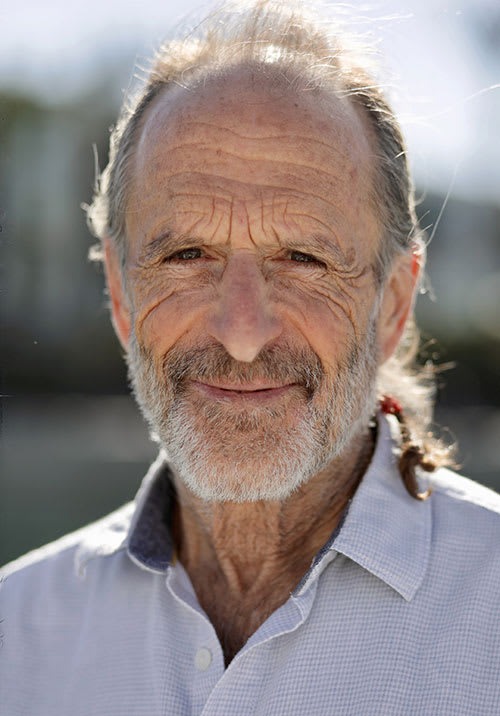uncategorized
Beth El Synagogue for Sunday Lox and Bagels
By Peter J. Dorsen M.D. ’62
Every Sunday in 1961, I and a handful of Jewish Peddie students walked across Hightstown to Beth El Synagogue on Franklin Street for our school’s required religious observance. Sunday of Junior Prom Weekend provided an unexpected number of Peddie students and their dates for Beth El’s wonderfully short service. My job was to take attendance.
The bigger-than-life Rabbi Meyer Korbman addressed us from the bema with his understanding smile in a synagogue that had been incorporated in 1911 on land in (then) rural Hightstown by four Jewish farmers as the “United Hebrew Association of Hightstown.”
“Come on, fellows, let’s go downstairs for lox and bagels,” the visiting rabbi said. What Jewish boy would turn that down? For boarding students, such culinary Judaism was a reminder of Sunday mornings at home with our families.
I recall that my fellow Jewish Peddie students and I had no idea of the historical significance of Beth El’s Jewish community’s presence in Hightstown. Because the congregation grew and for tax purposes, it built its first synagogue in 1937, and, as the Jewish population shifted from Hightstown proper, they relocated to East Windsor in 1977.
My parents had shaped my Jewish heritage. In 1939, soon after completing medical school at the German University in Prague, my mother escaped after the Nazi blitzkrieg to what was then Czechoslovakia. My father, a hospital administrator in New Brunswick, was the son of Russian immigrants. We were Reform, and lived in Highland Park, New Jersey, a diverse community with a Jewish presence. Unconcerned about Peddie’s Baptist orientation after a successful summer school and looking for a fresh start, I entered Peddie as a junior.
Searching the Beth El website, I was surprised to learn that a vital Jewish community had existed so close to Peddie. At the beginning of the 20th century, many Jews left the densely packed Lower East Side of New York City, migrating to south-central New Jersey to become chicken and egg farmers. Roosevelt, New Jersey, close to Hightstown, was established initially as a planned community of farmers and entrepreneurs and attracted an exciting artistic community, including the iconic Ben Shahn.
Until the first synagogue was built in 1937, the Jewish community met in homes such as Max Zaitz’s on Main Street. Benjamin Zaitz ’73 and his mother, Betty, generously supported Peddie. “Reb” Karon, the lay rabbi, worked during the week as a farm laborer and led services on Shabbat. On Sunday, he taught religious school and prepared young congregants for their bar and bat mitzvahs.
Such a viable and tightly-knit Jewish presence in early 20th-century Hightstown included a kosher butcher shop in 1948. Congregant Joe Rubenstein opened a bagel and bialy factory. Harry and Sarah Stein owned the hardware store until the mid-’90s. Kate and Ralph Luria owned the first department store at Stockton and Main Street.
Allen and Stults sold insurance. A Beth El congregant owned the five-and-dime. The Autonowsky family had two gas stations on Route 130. Alice and Ben Katz owned the Central Hotel (now the location of the post office). Dr. Max Silverstein practiced dentistry into the ’80s. The Zaitz family raised cattle.
Initially, the congregation celebrated the High Holidays at the Opera House, the local high school or in Geiger-Reeves Hall on Peddie’s campus. When Beth El faced imminent taxation in 1937 if they did not build on their land in Hightstown, parents of Jewish students at Peddie gave generously. Into the ’60s, the synagogue had weekend rabbis and cantors like our delightful Rabbi Meyer Korbman. By 1955, the bustling Stockton Street synagogue had its own rabbi and cantor. The current rabbi, Jay Kornsgold, has been the rabbi since 1994.
The new Hightstown exit on the New Jersey Turnpike and affordable housing in the Twin Rivers and East Windsor area in the ’60s brought major branches of RCA, McGraw Hill, Carter Wallace and other industrial giants, attracting many young families, including Jews, to better jobs and affordable housing.
Beth El relocated in 1977 to six-and-a-half acres on Maple Stream Road in East Windsor. The event was a celebratory entourage, complete with members of the congregation carrying Torahs, a marching band, local dignitaries, religious leaders and Jewish war veterans.
According to Rabbi Kornsgold, in the early 1990s, once the moratorium on new construction for building was lifted in the Windsor area, there was again a new influx of Jewish families. The social history of Beth El and the significant Jewish presence in Hightstown began as a collection of tight-knit farm families, eventually creating a hearty business presence in the community, including when I was a student in the early ’60s. Rabbi Kornsgold proudly described how Beth El has evolved into a robust community of 250 to 270 families, with an active Hebrew school. With the move from Hightstown and with changing times, Beth El shifted from Orthodox to a more liberal Conservative house of worship.
My memories of those Sundays were as much an opportunity for reflection in a Jewish house of worship as an unexpected way to stay connected with my heritage. I am grateful for an understated Beth El community serving up lox and bagels as a subtle way of maintaining my Jewishness by welcoming me as a Peddie student early in my spiritual journey.

Peter J. Dorsen, M.D., LADC (Ret) is a retired internist and author, cross-country ski racer, father and grandfather. He has just released “Men Over 60: Don’t Quit Now!” which offers answers to the many challenges we face in this later phase of our lives, including the value of renewed spirituality.